Can a Humidifier Help with Dryness Caused by Central Heating?
 Yes, using a humidifier can help relieve dryness resulting from central heating systems. Heating air reduces its relative humidity, and running a humidifier replaces needed moisture in the air to prevent problems associated with excessively dry indoor environments.
Yes, using a humidifier can help relieve dryness resulting from central heating systems. Heating air reduces its relative humidity, and running a humidifier replaces needed moisture in the air to prevent problems associated with excessively dry indoor environments.
Central heating works by warming up air inside a home. As air is heated, it expands, and its ability to hold water vapor decreases. This reduces the relative humidity, or the amount of moisture actually present in the air compared to the maximum amount it could hold. Very dry air with relative humidity below 30% can cause a variety of issues for homeowners.
How Central Heating Dries Out Indoor Air
There are a few reasons why central heating systems commonly lead to overly dry air in homes:
- Heating air reduces its relative humidity. Warmer air holds less moisture.
- Ventilation brings in dry outdoor air during winter. This air gets heated up and circulated through the home.
- Air conditioning in summer also removes moisture, further drying out a home before winter.
This reduced indoor air moisture from heating can cause skin, lips, eyes, throat and nasal passages to become dry and irritated.1 It also increases susceptibility to illness, worsens allergies and asthma, and creates an uncomfortable environment.
Dryness Problems Caused by Low Indoor Humidity
Some common dryness issues resulting from central heating include:
- Itchy, flaky, irritated skin
- Chapped, cracked lips
- Bloody noses
- Dry, stuffy nasal passages
- Sore, scratchy throat
- Dry, red, irritated eyes
- Increased spread of flu viruses and colds
- Aggravated allergies and asthma
- Static electricity and clothing/hair cling
Maintaining indoor relative humidity between 30-50% can help avoid these problems. But without humidification, many homes struggle to reach even 20% relative humidity during winter.
How Humidifiers Add Moisture to Dry Indoor Air
Humidifiers are devices designed to increase humidity levels inside homes. They work by releasing water vapor into the air using a few methods:
- Warm mist humidifiers boil water to create steam.
- Cool mist humidifiers use fans to blow water through a wick filter.
- Whole-home humidifiers connect to HVAC systems to humidify the entire home.
- Portable humidifiers can also be used in individual rooms as needed.
No matter the type, humidifiers introduce water vapor back into dry air. This increases the relative humidity to more comfortable levels between 30-50%.
Benefits of Maintaining Proper Indoor Humidity
Using humidifiers to balance moisture levels offers many benefits for homes with central heating, including:
- Relief of dry skin, lips, throat, nasal passages and eyes
- Reduced irritation, inflammation and discomfort
- Lessened susceptibility to colds, flu and viruses
- Alleviation of allergies, asthma and respiratory issues
- Prevention of static electricity and furniture damage
- Improved sleep quality
- A comfortable and healthy indoor environment
Proper humidification during winter can make a home feel warmer at lower thermostat settings, providing energy savings as well.
 Tips for Effective Humidifier Use
Tips for Effective Humidifier Use
To get the most out of humidifiers with central heating systems, follow these tips:
- Use a hygrometer to monitor humidity levels. Aim for 30-50% relative humidity.
- Change humidifier water daily to limit mold and bacteria growth.
- Clean and disinfect the humidifier regularly as per instructions.
- Adjust the humidistat to maintain optimal humidity automatically.
- Use portable humidifiers in especially dry rooms like bedrooms.
- Run the humidifier daily throughout the entire heating season.
Regular humidifier maintenance and monitoring humidity levels are key to providing ideal air moisture with central heating.
Whole-Home vs Portable Humidifiers
For the most effective humidification, many homeowners opt for whole-home systems connected directly to their HVAC heating and air conditioning equipment. But portable humidifiers can also be useful, especially when used properly. Here’s a comparison of the two options:
| Whole-Home Humidifiers | Portable Humidifiers |
|---|---|
|
|
Many homeowners use a combination of whole-home and portable humidifiers. The whole-home system handles base humidity levels, while portable units can provide a moisture boost in especially dry rooms like bedrooms or nurseries as needed.
Ideal Humidity Levels for Homes
Humidifier use should target these healthy humidity ranges during heating season:
- 30-50% relative humidity – General guidance for most homes
- 40-60% – Recommended for homes with infants or the elderly
- 35-45% – Ideal for homes with wood furniture or wood floors
Use a hygrometer to monitor humidity, and adjust humidifier settings accordingly. The right humidity helps maintain comfort and health without causing condensation issues.
Potential Drawbacks of Humidifiers
While very helpful for alleviating winter dryness, humidifiers do come with some potential drawbacks including:
- Mold and bacterial growth if not cleaned properly
- Mineral dust and white dust if using tap water
- High energy use for some humidifier models
- Noise from loud fans or boiling water
- Condensation on windows and surfaces if humidity gets too high
Proper humidifier maintenance and monitoring humidity levels helps avoid these issues. Only use clean, filtered water in the humidifier reservoir. Clean and disinfect the unit regularly according to manufacturer guidelines.
 Alternatives to Humidifiers for Dry Indoor Air
Alternatives to Humidifiers for Dry Indoor Air
For those looking for options other than humidifiers to help with winter dry air, some alternatives include:
- Using a dehumidifier in summer to moderate humidity swings
- Adding houseplants to naturally increase moisture
- Placing bowls of water near heating vents or radiators
- Upgrading to a ventilating HVAC system
- Installing humidity monitoring systems
- Using wood furniture and natural fabrics
- Opening blinds and curtains to let in sun
- Taking shorter and cooler showers
- Using ceiling fans to circulate air
However, most homeowners find that humidifiers provide the most effective solution for maintaining a comfortable humidity balance with central heating systems.
Choosing the Best Humidifier
With so many humidifier options on the market, it can be tricky picking the right model. Here are a few factors to consider:
- Type – Whole-home or portable, warm or cool mist?
- Size and coverage – Ensure it can humidify enough square footage.
- Settings – Digital humidistats and timers are useful.
- Efficiency – Look for ENERGY STAR models.
- Noise level – Ensure it won’t disturb sleep or work.
- Maintenance – Easy to clean and refill.
- Smart features – App control, leak detection.
- Reliability – Choose reputable brands with warranties.
Consider both heating system type and layout of the home. Getting the right humidifier sized for sufficient moisture output is key.
Conclusion
Central heating provides necessary warmth but commonly dries out indoor air during winter. This excessively dry air causes many issues like skin irritation, illness susceptibility and general discomfort. Using humidifiers to restore proper humidity levels between 30-50% relative humidity helps avoid these winter dryness problems.
Portable and whole-home humidifiers add needed moisture back into heated indoor air. When sized, positioned and maintained correctly, they can make homes feel warmer at lower thermostat settings while also creating a healthy environment. Monitoring humidity and regularly cleaning humidifiers prevents any potential drawbacks.
In summary, humidifiers are very effective at relieving dry air issues resulting from central heating. Maintaining proper indoor humidity improves comfort, health and wellness for homeowners all winter long.

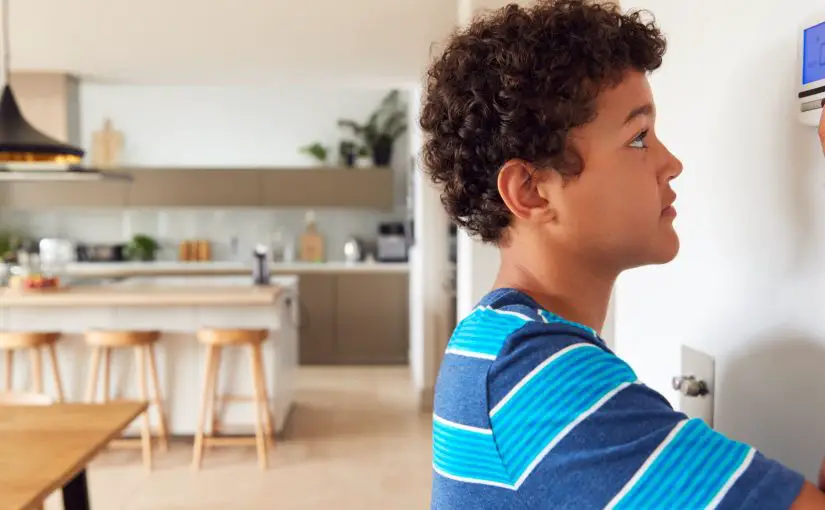
 Tips for Effective Humidifier Use
Tips for Effective Humidifier Use Alternatives to Humidifiers for Dry Indoor Air
Alternatives to Humidifiers for Dry Indoor Air




 Choosing the Right Large Room Humidifier
Choosing the Right Large Room Humidifier Key Features for Open Floor Plan Humidifiers
Key Features for Open Floor Plan Humidifiers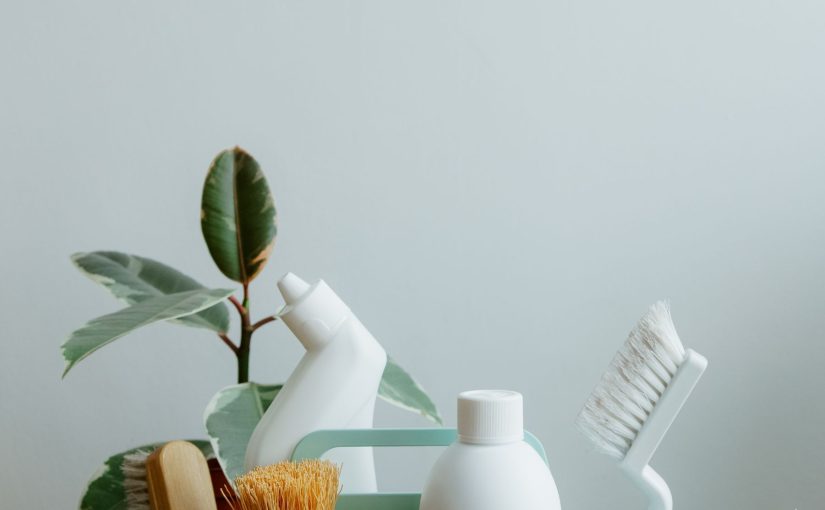

 Cleaning Water Tanks by Humidifier Type
Cleaning Water Tanks by Humidifier Type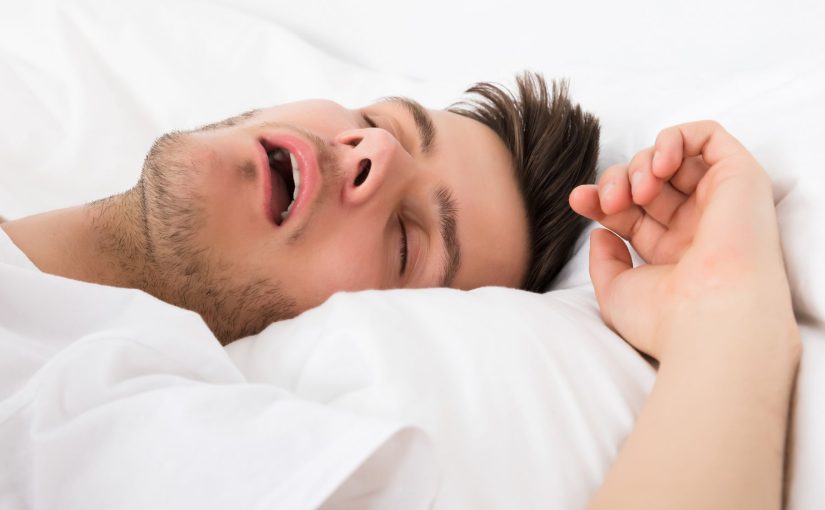
 Yes, using a humidifier can help relieve a dry, irritated throat that results from snoring. This is because snoring often occurs due to dried out, inflamed tissues in the throat that vibrate as air passes over them. The moisture from a humidifier can lubricate and soothe these tissues, reducing inflammation and vibration.
Yes, using a humidifier can help relieve a dry, irritated throat that results from snoring. This is because snoring often occurs due to dried out, inflamed tissues in the throat that vibrate as air passes over them. The moisture from a humidifier can lubricate and soothe these tissues, reducing inflammation and vibration.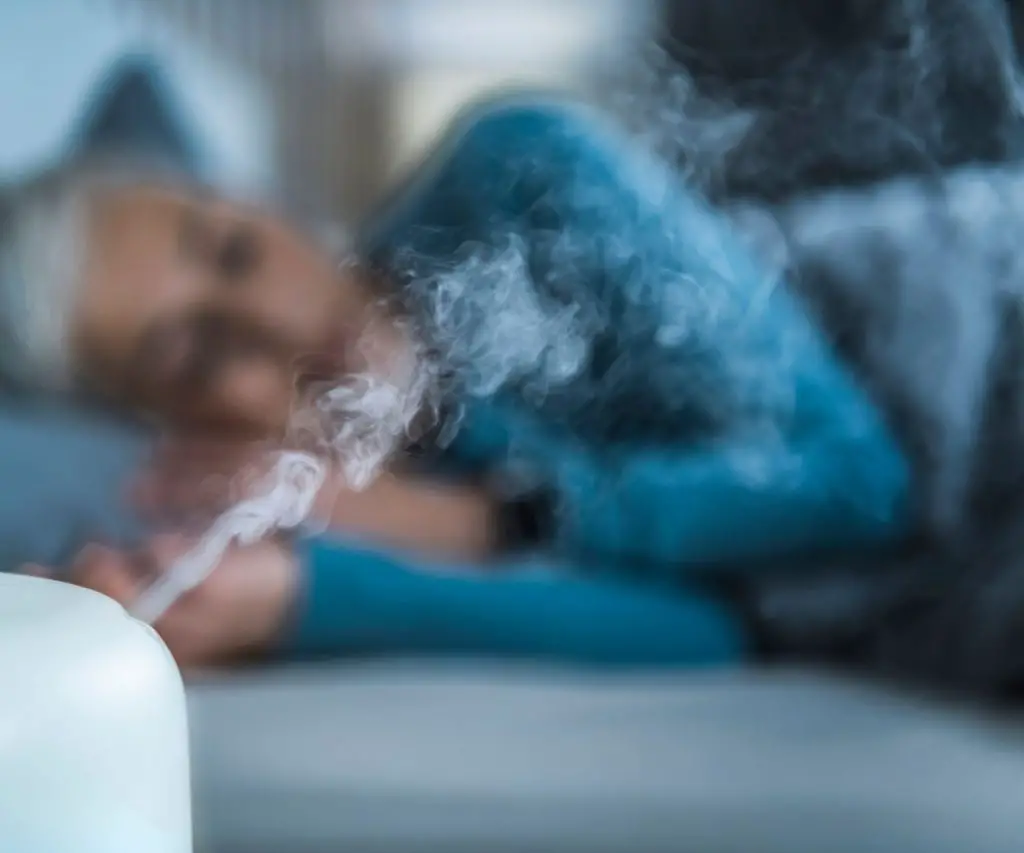 Is a Humidifier an Effective Snoring Solution?
Is a Humidifier an Effective Snoring Solution?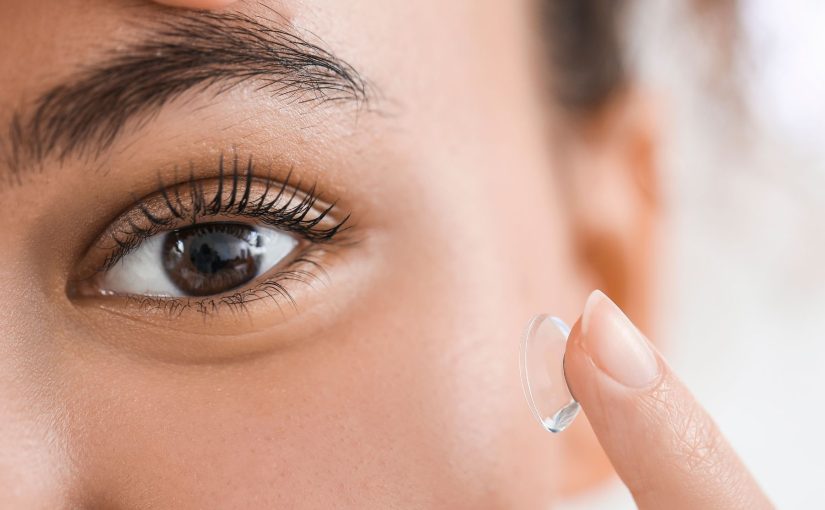
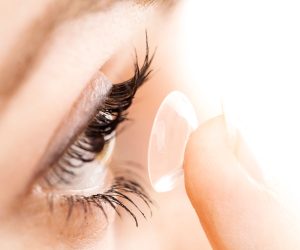
 Seeing an Eye Doctor for Ongoing Dryness Issues
Seeing an Eye Doctor for Ongoing Dryness Issues
 Install Water Filter
Install Water Filter
 Parenthood is a journey filled with countless joys and memorable milestones, but it also brings its fair share of challenges, including unexpected ones like dealing with your baby’s dry and cracked lips. As a parent, you want nothing but the best for your little one, and those tiny lips, so delicate and soft, deserve special attention.
Parenthood is a journey filled with countless joys and memorable milestones, but it also brings its fair share of challenges, including unexpected ones like dealing with your baby’s dry and cracked lips. As a parent, you want nothing but the best for your little one, and those tiny lips, so delicate and soft, deserve special attention.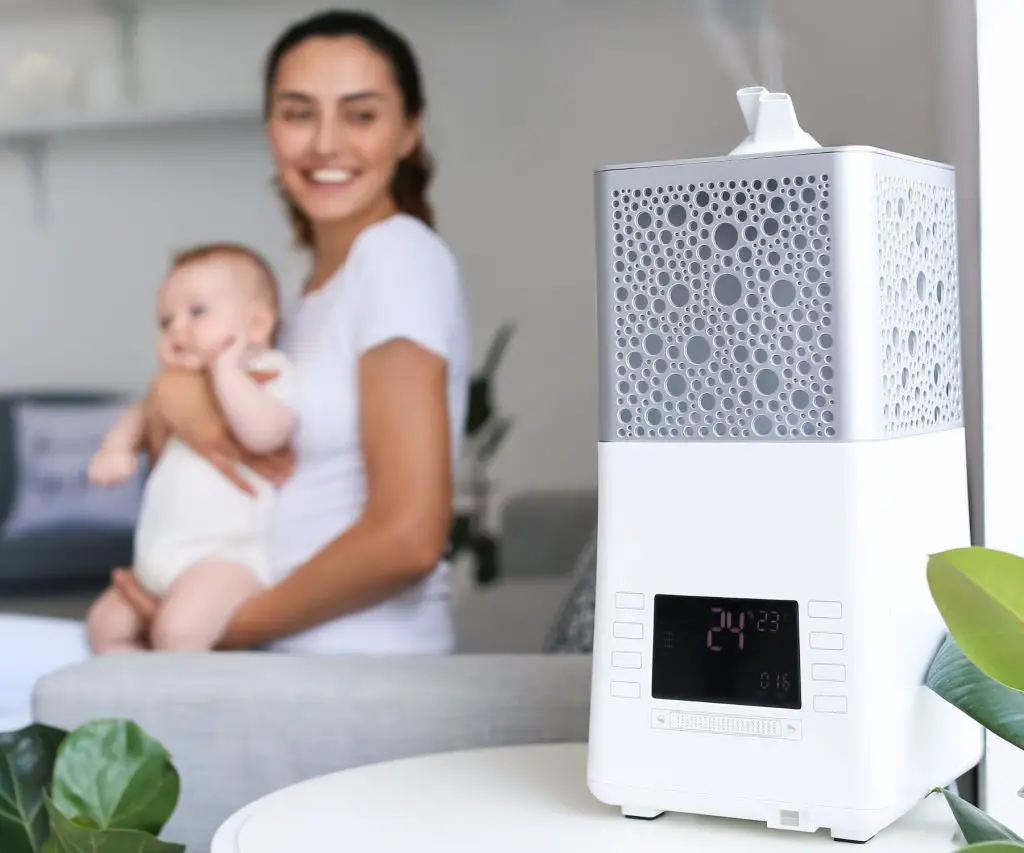 The Benefits of Using a Humidifier for Your Baby:
The Benefits of Using a Humidifier for Your Baby:
 Additional Tips for Baby Lip Care
Additional Tips for Baby Lip Care
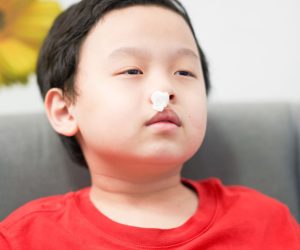 Yes, using a humidifier can help prevent and treat nosebleeds by adding moisture back into dry air. Dry nasal passages are a major cause of nosebleeds, as the lack of moisture causes the delicate nasal tissues to become irritated, inflamed, and more prone to cracking and bleeding. Humidifiers work by releasing water vapor into the air, increasing the humidity level and providing the needed moisture to hydrate and soothe dry nasal airways. This helps reduce irritation, inflammation, and fragility of nasal tissues, making them less likely to erode, crack, and bleed.
Yes, using a humidifier can help prevent and treat nosebleeds by adding moisture back into dry air. Dry nasal passages are a major cause of nosebleeds, as the lack of moisture causes the delicate nasal tissues to become irritated, inflamed, and more prone to cracking and bleeding. Humidifiers work by releasing water vapor into the air, increasing the humidity level and providing the needed moisture to hydrate and soothe dry nasal airways. This helps reduce irritation, inflammation, and fragility of nasal tissues, making them less likely to erode, crack, and bleed.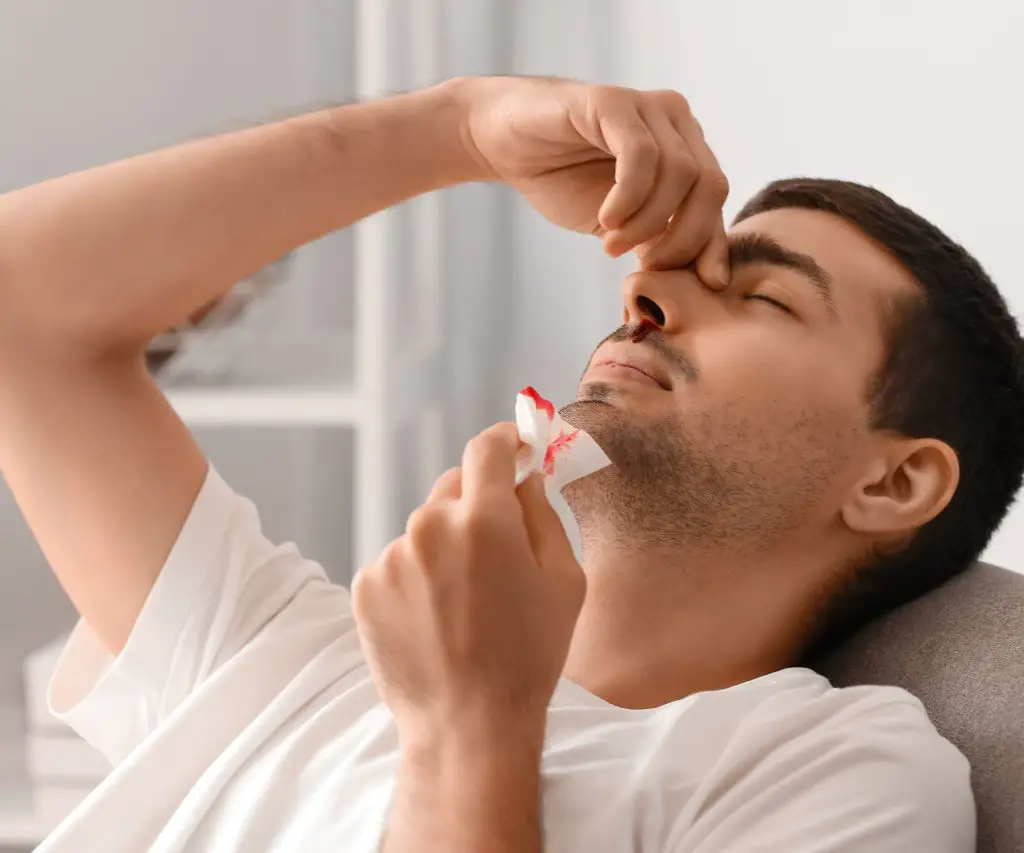 Tips for Using a Humidifier for Nosebleeds
Tips for Using a Humidifier for Nosebleeds




 Started With Smart Humidification
Started With Smart Humidification